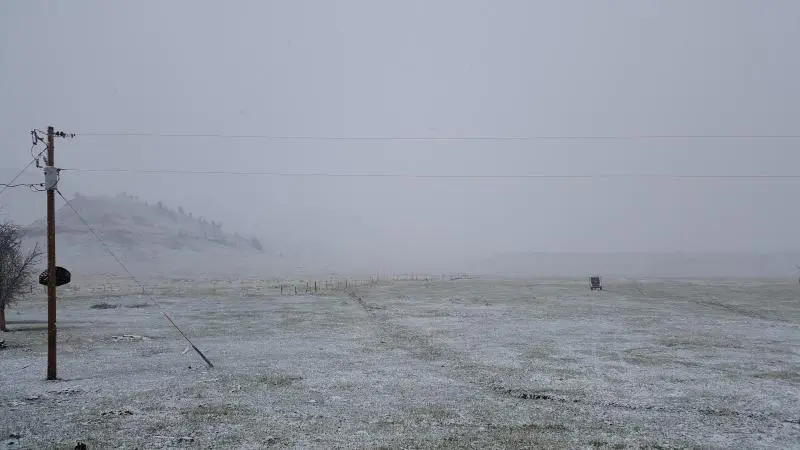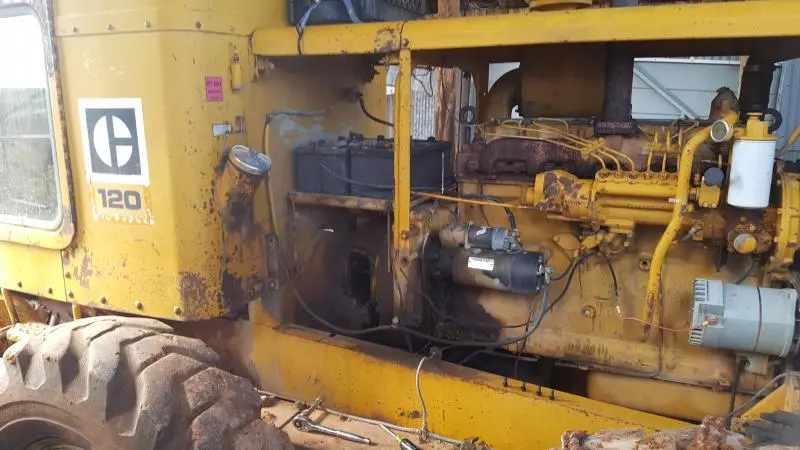
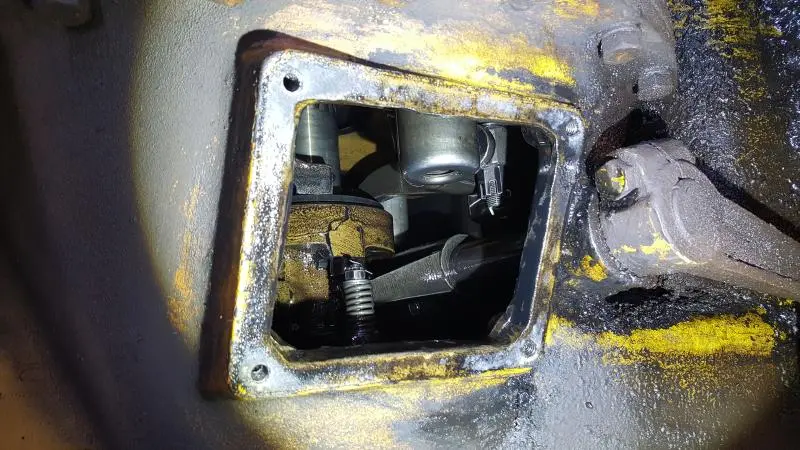
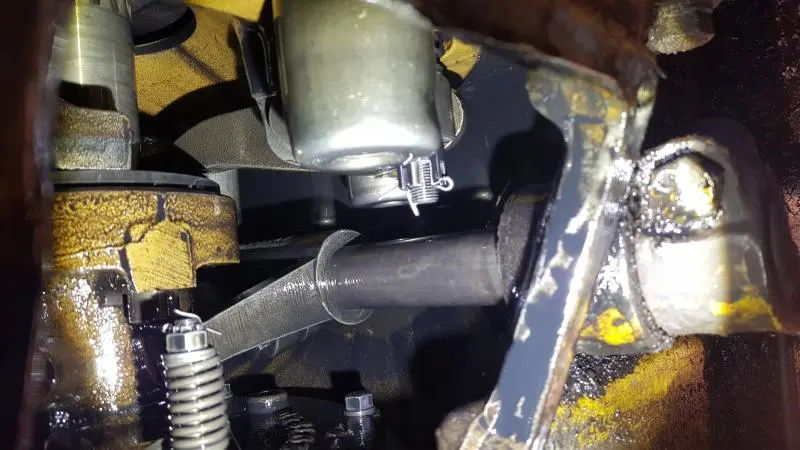
I think the adjustment is carried out by adjusting the release levers on the pressure plate.
In your third picture, the one looking deep into the clutch, you will need to adjust the nut on the link in the TOP of the picture. Roll engine over until you can reach everything conveniently. Pull cotter pin and loosen/adjust castellated nut until there is 3/16" clearance between the face of the throw out bearing and the other end of the release lever. Repeat for the other levers.
I found a small piece of flat iron and drilled a hole in it so I could tie a shoe lace on it to secure it to something outside the clutch housing. Don't want to have to fish it out of the bottom of the clutch if you accidentally drop it!
Caterpillar used the same method of adjusting on the older graders. I had a dry clutch 212 and now have an oil clutch 12E, both adjust the same way.
Looks like the 120 started in 1965, so about has to have an oil clutch. If it doesn't have a dipstick and filler/breather cap, it will use engine oil pumped through it by a section of the engine oil pump for cooling and lubrication.
Go around twice when adjusting the clutch. Otherwise as stated the flat piece of steel or a drill bit work fine for setting finger gap.
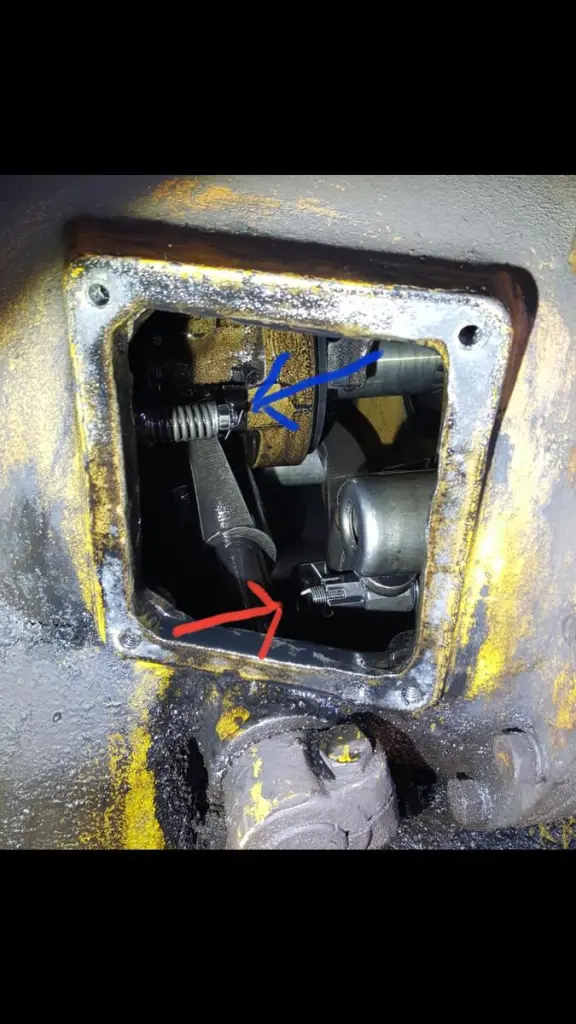
Yes, you got it correct.
Hi Team,
as said by others adjustment procedure should be same as for other earlier oil clutch units.
Note the lanyard attached to the gauge tool--any tools used in this compartment should have a string attached for retrieval in case they are dropped inside the clutch compartment.
As the clutch wears the finger to throw out bearing is clearance is reduced and so needs to be checked periodically--suggest do not wait until the clutch slips as this is when wear takes place--oil clutches usually do not wear fast unless abused or slipped from lack of adjustment.
Hope this helps.
Cheers,
Eddie B.
Interesting. A common brake spoon to gauge with. I was just about to search for flat iron but I will use the brake spoon and check things twice. I did back off the fingers to reset them. They were pressed up against the plate tight. I fear the the worst as for the clutch condition but I'll hope for the best and hope there is no slippage after adjustment.
I did use the brake spoon to check gaps. Put the 120 back together and took it out for a test run. Made a couple light passes on our road and doesn't seem to slip. Even drove back uphill in 4th gear with no clutch slippage. Tomorrow I'll do some heavier work. Thanks for the tips.
Hi Jamesgang307,
thank you for getting back to us with welcome news of your apparent success with the clutch adjustment.
We often do not hear back from people after offering help-we always appreciate feed back so we know what helped and what did not in the troubleshooting process and subsequent adjustments etc. so in future we can give definitive help to others in future cases.
Being an oil clutch they can take some abuse with out much harm but there is a limit to the robustness of these units.
Hope the clutch settles in for the long term.
Regards,
Eddie B.
